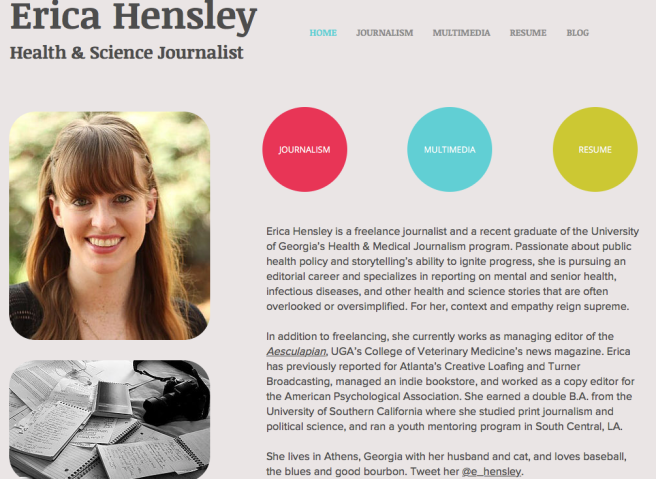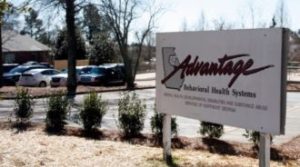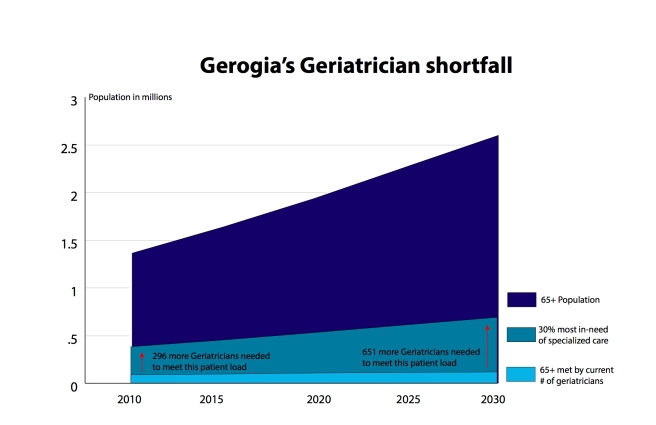I meant to put this to paper on Thursday, the real anniversary. But these days of public health reporting amidst a pandemic keep so busy, and the drops of free time devoted to making sure friends and family are OK, trying to escape into the pages of a novel for a few hours, and keeping a home (that now also houses a 24-7 work office) safe, sane and disease-free, the week escaped me — but the weight of it did not. Today, when I read that one of Dad’s (and my) favorites John Prine was intubated in the hospital after showing COVID signs, on the anniversary of Dad’s death no less, I took it as a nudge from the universe, to breathe deep and feel the weight of old and new grief, as always, by the barometer of Dad.
I’ve spent the last week writing about and reckoning with death. The first of which, I was waiting for, so it came and went. The second I was waiting for, too, but it was the third, fourth and fifth Mississippians to die from coronavirus this week (all in one day) that knocked me down. Our total now stands at 14 deaths in a little over a week. It’s never easy to write about death, even more so for those of us that know it well, because the words are never enough. Every “male in his early 60s with underlying health conditions,” to me, is Bryan.
And with that, as the universe tends to work, this week marked seven years ago that I lost Dad. Seven years ago that I crumbled onto the floor of the history section in the East Atlanta indie bookstore where I worked. (Ironic, that was his favorite section — only because we didn’t have a literary Westerns one.) Seven years ago that I learned he took his own life, and would later be asked by the Fulton County medical examiner, “what I wanted to do with his property”/evidence. Seven years ago that I began the arduous process of closing out the estate of my dead best friend (nobody tells you how much paperwork death takes, and with every stack a little more heartbreak even though you thought it couldn’t break anymore). Seven years ago that I sold his Harley, house and woodworking tools, gave his truck to Stuart and unpacked his and my own childhood from his closets. Seven years ago that I read through his AA book and worksheets, truly understanding for the first time the demons he was fighting. Seven years ago that I realized we’d never again heckle the Mets’ outfielders from our favorite seats at The Ted, cry during the 18th hole of the Masters together, accidentally show up somewhere in matching Chuck Taylors and flannels, or “blast”, as he liked to say, Cash or BB King in the chevelle. Seven years ago that I re-purposed the speech I was planning to give at his wedding that weekend into a speech for his funeral that same weekend, which I ultimately was unable to bring myself to deliver to the overflowing crowd packed into a big and strange church I’d never before been to. Seven years that I began to navigate uncharted territory of depression and denial, which looks different for everyone, but ultimately brought me to the six years of gratitude, growth and focus I’ve had since.
My heart is in pieces for anyone who’s experienced this in what we now know were normal times. Reliable jobs for the most part — though that’s always looked different for millennials. Reliable dive bars down the street to visit and commiserate. Reliable access to groceries and books and places of faith. Reliable embraces and access to hospitals. But for anyone who is stuck in the beginning of this new normal and facing grief head-on, I promise it will get easier. It never gets better, but it does get easier. And we’re only a FaceTime away. Lean on us, we’ll help you carry this.
I can’t imagine dealing with death in the middle of a global pandemic, a country on lockdown — not having the closure of a funeral or a hug from Noé, Roger, Jeff or Karen, just a few of those that standout from the day I remember so vividly. I can’t imagine having to isolate at home when what you need most is air and sunshine and a semblance of normalcy. But nothing about your new normal will be normal, this is just an even harsher introduction to that. And so, the best estimation of grief I’ve found, shared by a friend-in-grief, Krystal, via u/GSnow:
“Alright, here goes. I’m old. What that means is that I’ve survived (so far) and a lot of people I’ve known and loved did not. I’ve lost friends, best friends, acquaintances, co-workers, grandparents, mom, relatives, teachers, mentors, students, neighbors, and a host of other folks. I have no children, and I can’t imagine the pain it must be to lose a child. But here’s my two cents.
I wish I could say you get used to people dying. I never did. I don’t want to. It tears a hole through me whenever somebody I love dies, no matter the circumstances. But I don’t want it to “not matter”. I don’t want it to be something that just passes. My scars are a testament to the love and the relationship that I had for and with that person. And if the scar is deep, so was the love. So be it. Scars are a testament to life. Scars are a testament that I can love deeply and live deeply and be cut, or even gouged, and that I can heal and continue to live and continue to love. And the scar tissue is stronger than the original flesh ever was. Scars are a testament to life. Scars are only ugly to people who can’t see.
As for grief, you’ll find it comes in waves. When the ship is first wrecked, you’re drowning, with wreckage all around you. Everything floating around you reminds you of the beauty and the magnificence of the ship that was, and is no more. And all you can do is float. You find some piece of the wreckage and you hang on for a while. Maybe it’s some physical thing. Maybe it’s a happy memory or a photograph. Maybe it’s a person who is also floating. For a while, all you can do is float. Stay alive.
In the beginning, the waves are 100 feet tall and crash over you without mercy. They come 10 seconds apart and don’t even give you time to catch your breath. All you can do is hang on and float. After a while, maybe weeks, maybe months, you’ll find the waves are still 100 feet tall, but they come further apart. When they come, they still crash all over you and wipe you out. But in between, you can breathe, you can function. You never know what’s going to trigger the grief. It might be a song, a picture, a street intersection, the smell of a cup of coffee. It can be just about anything…and the wave comes crashing. But in between waves, there is life.
Somewhere down the line, and it’s different for everybody, you find that the waves are only 80 feet tall. Or 50 feet tall. And while they still come, they come further apart. You can see them coming. An anniversary, a birthday, or Christmas, or landing at O’Hare. You can see it coming, for the most part, and prepare yourself. And when it washes over you, you know that somehow you will, again, come out the other side. Soaking wet, sputtering, still hanging on to some tiny piece of the wreckage, but you’ll come out. Take it from an old guy. The waves never stop coming, and somehow you don’t really want them to. But you learn that you’ll survive them. And other waves will come. And you’ll survive them too. If you’re lucky, you’ll have lots of scars from lots of loves. And lots of shipwrecks.”
-u/Gsnow


 These frightening events often occur in young people who have been living with an undiagnosed mental illness — such as major depression or anxiety, bipolar disorder or schizophrenia — for a long time. But then something shifts and family members realize there is a problem.
These frightening events often occur in young people who have been living with an undiagnosed mental illness — such as major depression or anxiety, bipolar disorder or schizophrenia — for a long time. But then something shifts and family members realize there is a problem.
